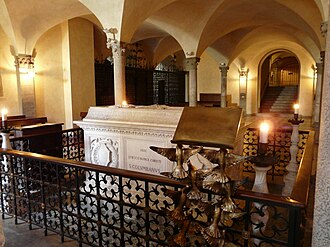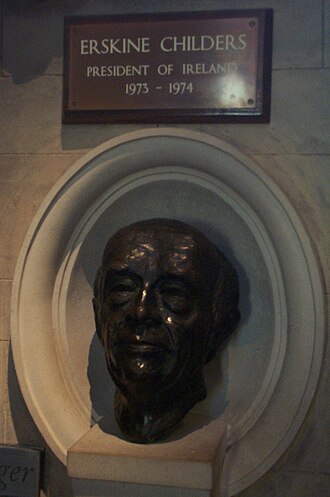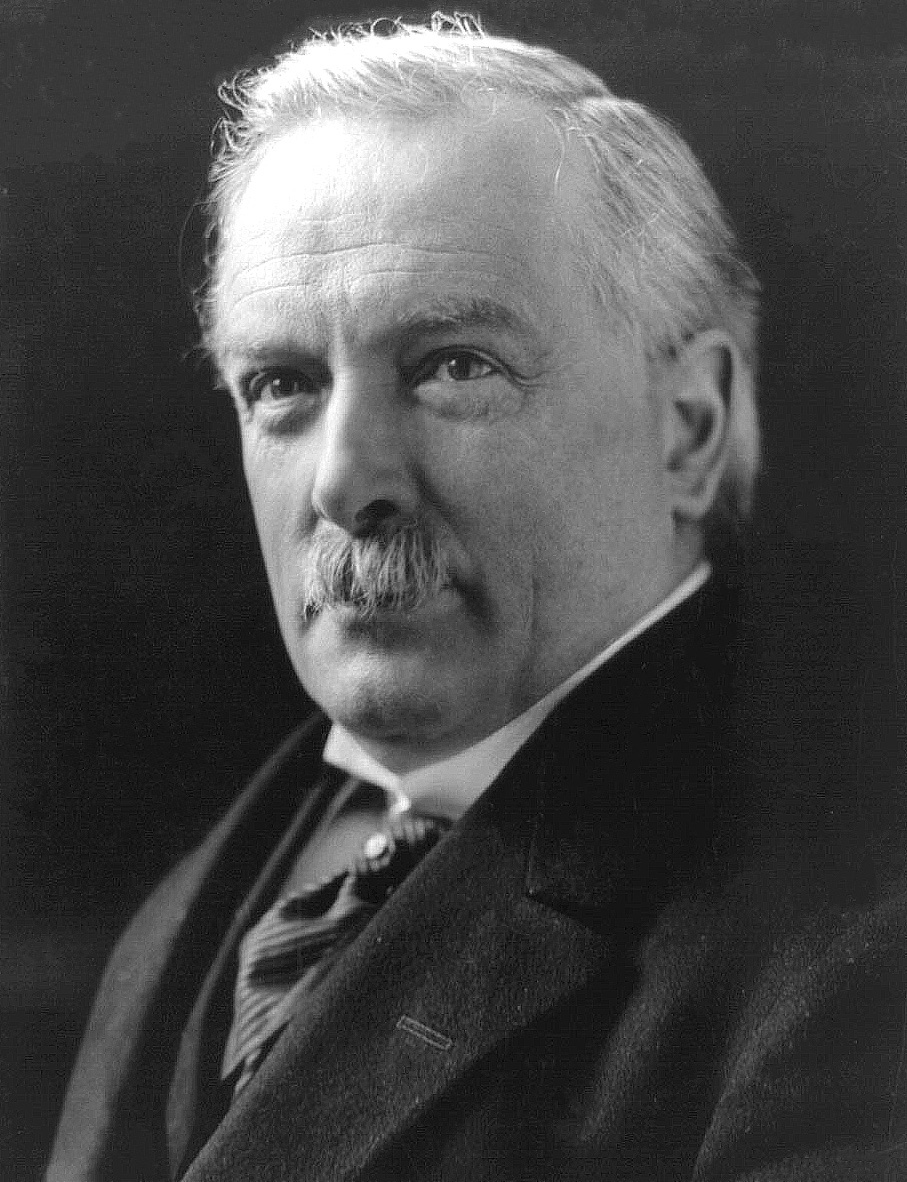30 November 3340 BC: The world's oldest known recording of a solar eclipse was made on stone.
The illustrations are found on the “Cairn L,” on Carbane West, at Loughcrew, outside Oldcastle, in County Meath. The landscape of rolling hills is littered with Neolithic monuments. Some say that originally there were at least 40 to 50 monuments, but others say the figure was more like 100.
They write that the Irish Neolithic astronomer priests recorded the events on three stones relating to the eclipse, as seen from that location. The date November 30th 3340 is the only one that fits with what could have been observed from that site in that age.
To the ancient Neolithic farmers of Ireland the observance of the changing skies was an important tool in determining the passage of the year and when to plant and harvest crops and stage their festivals to honour the Gods. An event like a Solar Eclipse would have been a fantastic event to them and something of a shocker to their calculations. No doubt that they would have seen this as an evil portent. Whether it proved so or not we of course do not know. However it proved an important enough event for them to carve a depiction of this celestial wonder in stone on the top of one of their most sacred sites.
Note: Irish archaeo -astronomer Paul Griffin has announced the confirmation of the world's oldest known solar eclipse recorded in stone, substantially older than the recordings made in 2800 BC by Chinese astronomers. This finding was made at the world's oldest lunar eclipse tracking multi cairn site at the Loughcrew Cairn L Megalithic Monument in Ireland, and corresponds to a solar eclipse which occurred on November 30, 3340 BC, calculated with The Digital Universe astronomy software.





